Bamiyan Afghanistan
The Bamiyan Buddhas are famous throughout the world. The Bamiyan Buddhas had a gold covering until 9th century. They were adorned with precious gems. The Bamiyan Buddhas were built by a Hindu king.
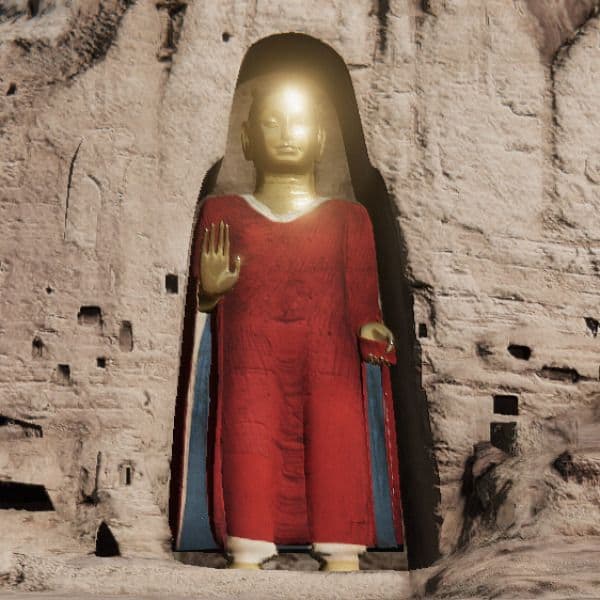
There lies a painting of the king who sponsored the construction of Bamiyan Buddhas inside Bamiyan caves. The name of the king who built Bamiyan Buddhas was Narendraditya Khingila(6th-7th century CE). He was the same king who worshiped Gardez Ganesha.
Khingila consecrated a temple for Ganesha in Gardez, Afghanistan. The temple has not survived. However, the Ganesha image has been moved out of Gardez and is now at Pir Rattan temple, Kabul (the same temple whose priest is Pandit Rajesh Kumar, the last Hindu of Afghanistan).
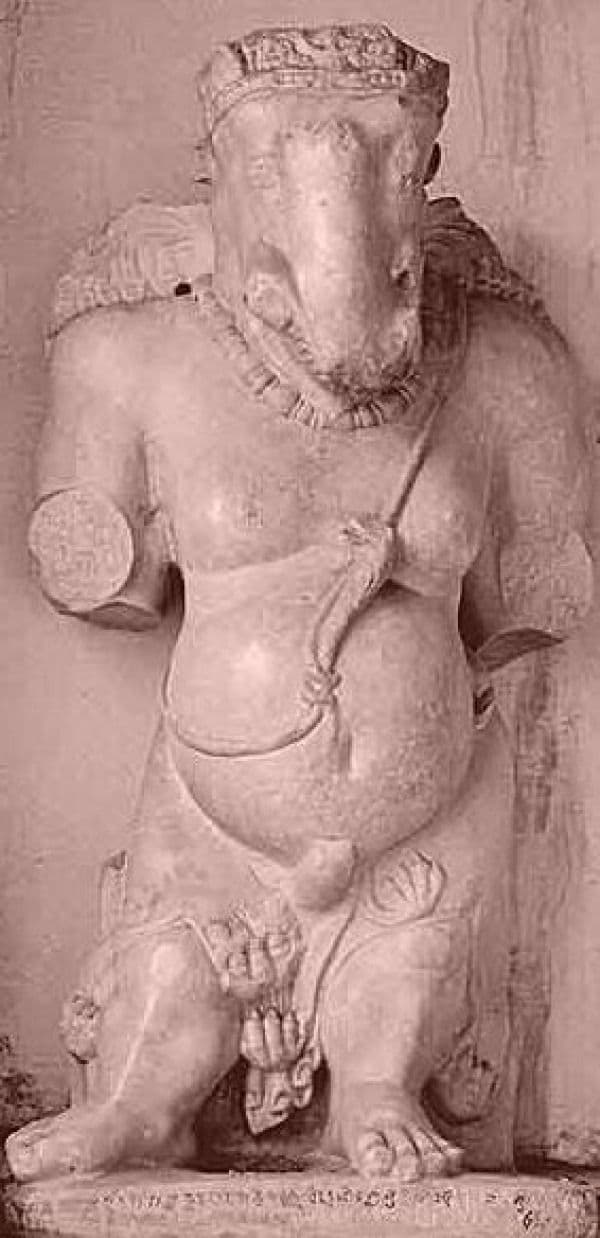
When Xuanzang visited Bamiyan (c. 629 CE), the Buddhas were standing in full glory. Xuanzang describes the larger standing Buddha as follows - “It is 140-150 meters high. It is of a dazzling gold color. It is resplendent with ornamentations of precious substances”.
During this period, the clothes of Buddha were very brightly colored. The larger buddha was clothed in red and the smaller Buddha in white. And this coloring survived until recently. This is why Muslims named the larger Buddha as “Surkh But”(red idol) and the smaller as “Khing But”.
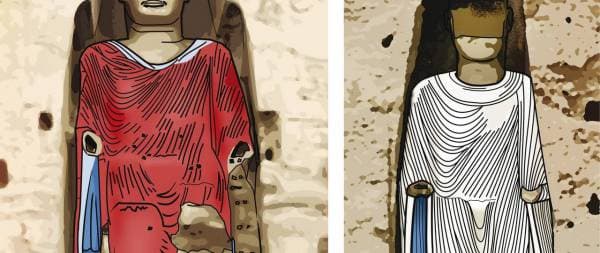
Dipankara Buddha from Mes Aynak, Afghanistan. This image would give us an idea as to how the Bamiyan Buddha may have looked like before it was damaged by invaders.
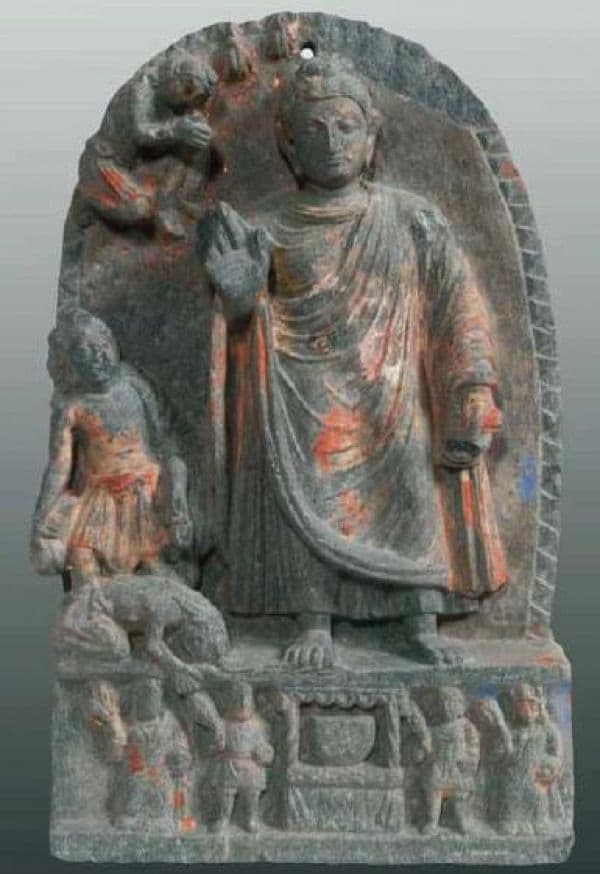
However, there were originally three giant Buddhas in Bamiyan. The third, reclining Buddha was the largest of all. It was 1000 feet long. Xuanzang says “Two li to the east of the city in a monastery, there is a lying statue of Buddha entering Nirvana, more than 1000 feet long”.
This seems to be Parinirvana Buddha. He is depicted in a lying position. Consider this image of Buddha from Ajina Tepe in Tajikstan (Now in Dushanbe Museum). The third Buddha of Bamiyan would have been similar in style but it was much larger. The third Buddha could have been destroyed by Islamic iconoclasts because a reclining Buddha is easier to destroy than a standing Buddha. But it is also possible that the third Buddha is still hidden in a secret spot somewhere in Bamiyan.
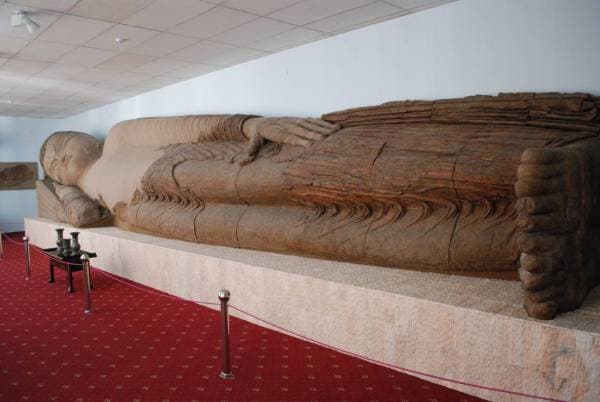
According to Xuanzang, the ruler of the Bamiyan was a Kshatriya. Bamiyan was first captured by Islamic armies in 871. And then there were incessant attacks on the Buddhas. Taliban only dealt the final blow. Their predecessors tried to destroy Bamiyan Buddhas for 1200 years.
There is a statue of Buddha that still stands in Kakrak, Afghanistan just beside Bamiyan. For some reason, it has not come to the notice of the Taliban (as yet).
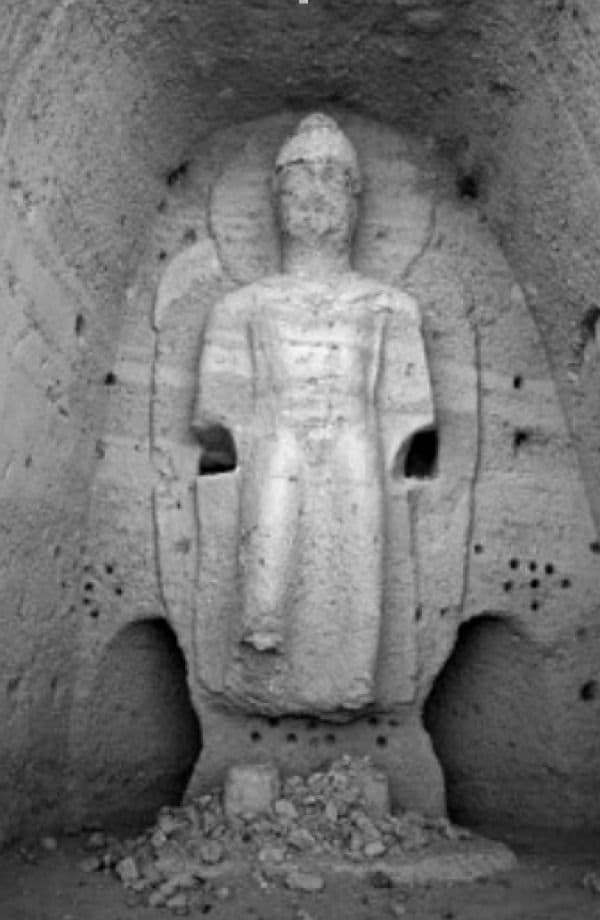
The Ṣaffārid ruler Yaʿqūb ibn Layth captured Bamiyan in 871 CE. He destroyed several idols. But it was not easy to destroy Bamiyan Buddha. The Bamiyan Buddhas were defaced by him.
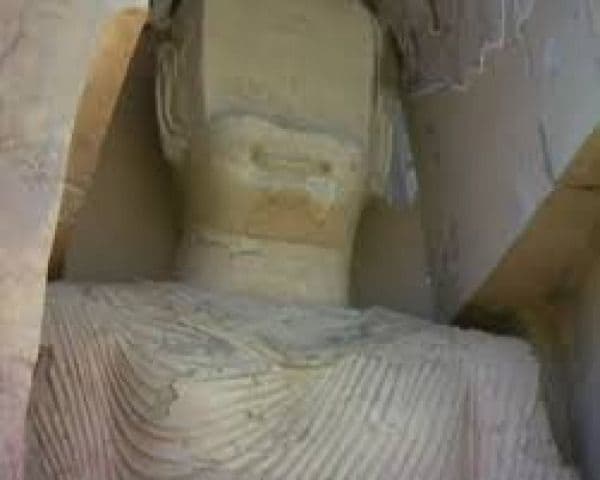
Note that there was no “Afghanistan” during those days. In fact, the early Muslim scholars considered Bamiyan as a part of India!
For example, the 10th century Arabic Scholar Al Nadim wrote that Bamiyan was a “frontier of India”, “Ascetics and devotees occupy Bamiyan. In Bamiyan, there are idols of Gold adorned with precious stones”. Al Nadim also mentioned that people used to make a pilgrimage to Bamiyan from all parts of India.
Once Bamiyan Buddhas lost their face, their identity was also lost. Their Buddhist affiliation was lost. Ansari (10th century), a court poet of Mahmud Ghaznavi, wrote a poem on Bamiyan Buddha. The name of the poem was “Khing but wa Surkh but” (The red idol and the moon-white idol"). In this poem, the larger Buddha was a male. The smaller Buddha was a female. And this poem was about a love romance between the Buddha. This theme became so popular that even today in Afghanistan, locals see the larger Buddha as the male lover and the smaller as his female beloved.
Aurangzeb and Nadir Shah used Artillery to destroy Bamiyan Buddhas. But they failed (where Taliban later succeeded) in completely destroying the idols. But it was due to Aurangzeb’s action that the legs of Bamiyan buddha were broken. Until the 20th century, it was a tradition among Muslim soldiers of Afghanistan to fire in the direction of Bamiyan Buddha. This was noted by Multiple European observers.
Source: